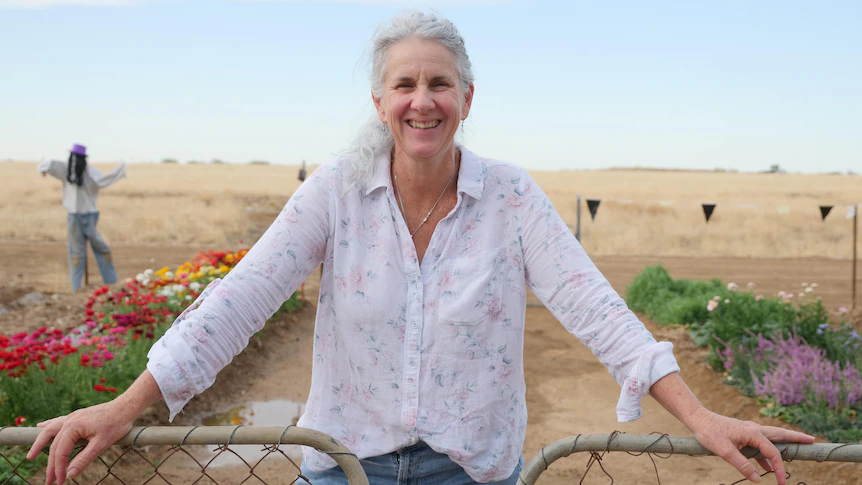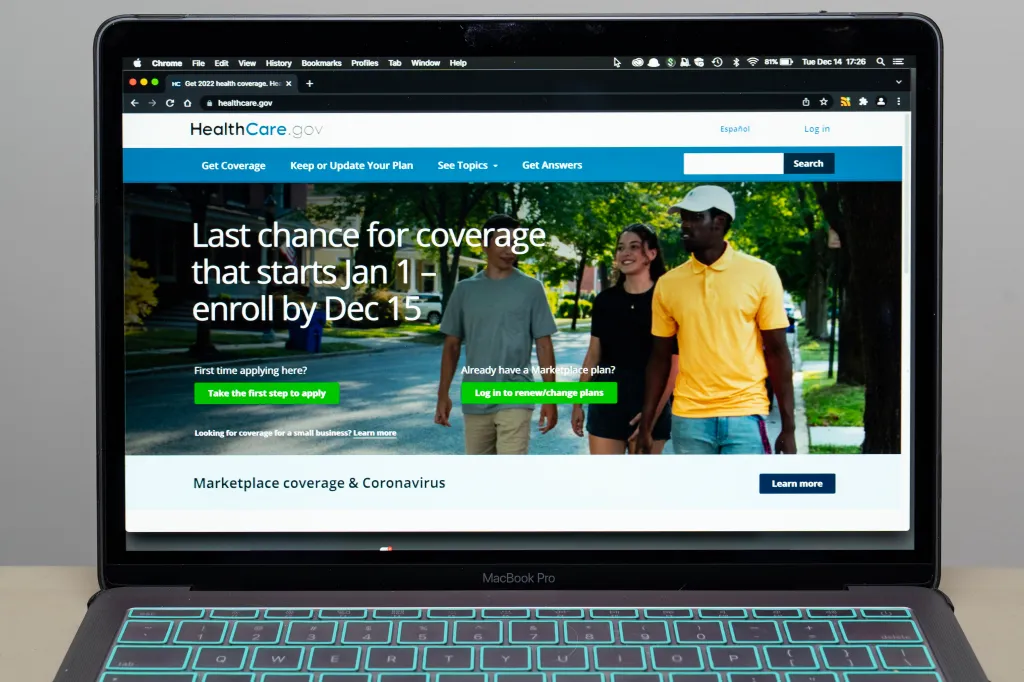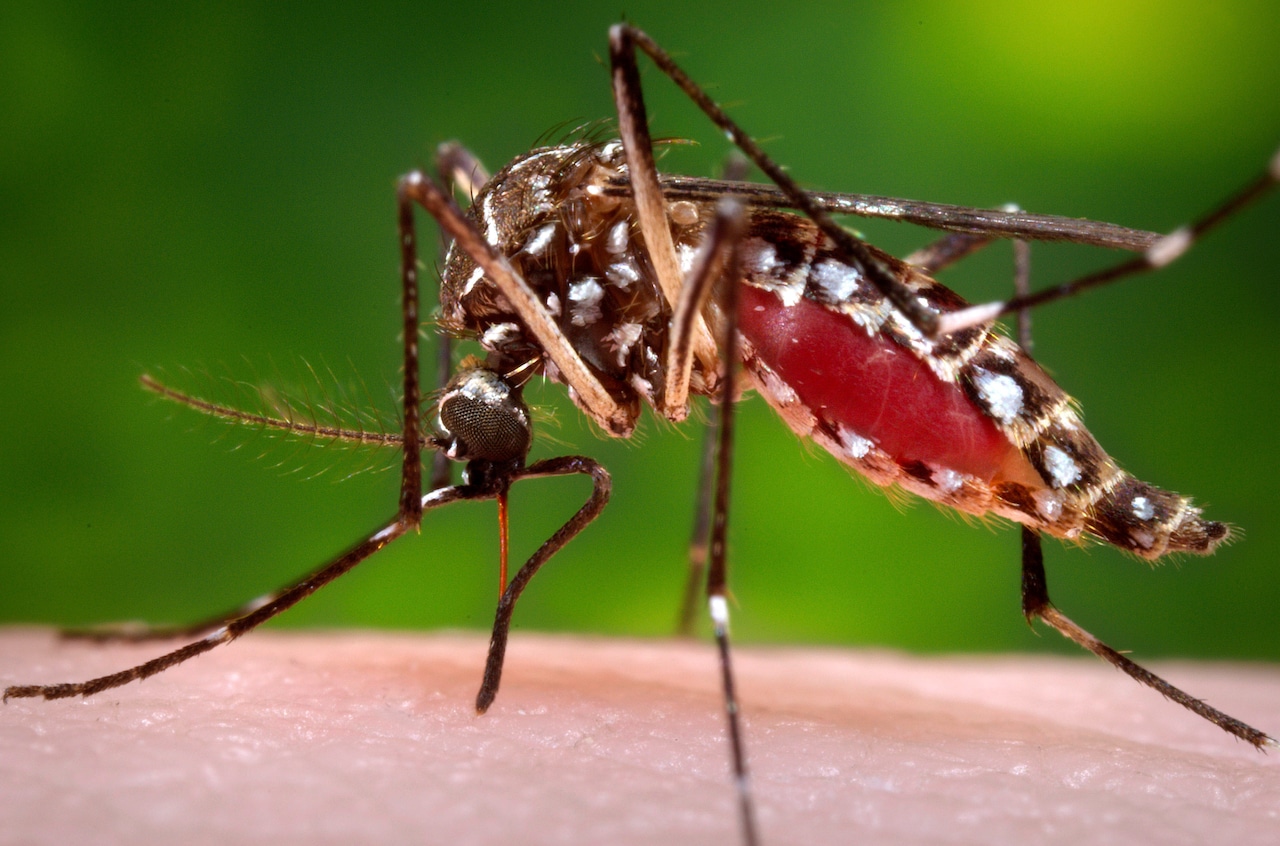By Anna Wise
Copyright standard

The UK Government faces tough tax choices in the years ahead with mounting public spending pressures versus sluggish economic growth, according to new forecasts.
Economists for KPMG said it had been an unexpectedly strong start to 2025 but the second half was looking more uncertain.
The accountancy giant is forecasting UK gross domestic product (GDP) to rise by 1.2% over 2025 and 1.1% in 2026.
Consumers are expected to remain cautious in relation to spending while uncertainty about trade policy continues to pose a risk to levels of business investment, according to its latest UK Economic Outlook report.
“While the economy showed resilience at the start of the year, the second half looks more uncertain,” Yael Selfin, KPMG UK’s chief economist, said.
“Elevated tax burdens, weaker global trade and cautious consumers are likely to keep growth subdued into 2026.”
The Chancellor is facing a “tough balancing act” with “mounting pressures on health and defence spending, combined with weaker growth”, she said.
Rachel Reeves will also come under pressure to cover the shortfall left by policy U-turns, namely the reversal of planned welfare and winter fuel payments cuts, as well as the higher cost of government debt.
This is likely to result in tax rises in the autumn Budget, rather than cutbacks to spending on public services, KPMG forecast.
But the challenges are set to continue beyond November’s Budget and there could be a “gradual ratcheting up of tax revenues over the next decade” to meet mounting spending demands and slower economic growth.
Meanwhile, KPMG said there could be one more cut to UK interest rates before the end of the year – breaking away from other economists who have predicted rates will stay the same until 2026.
Ms Selfin said the Bank of England will “proceed cautiously” but that slowing economic growth and a weakening jobs market means it is likely to ease borrowing costs before the end of the year.
It is then forecasting another rate cuts during 2026, bringing the level down to 3.25% by the end of the year.



